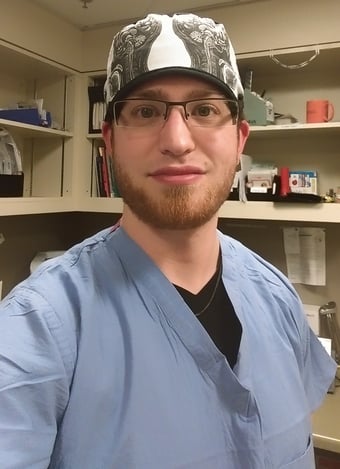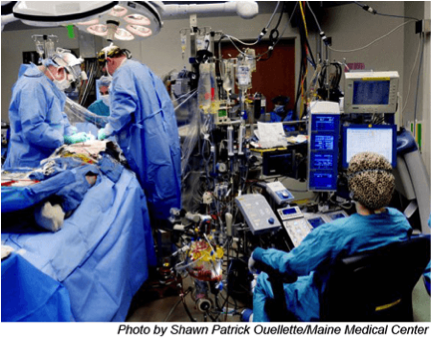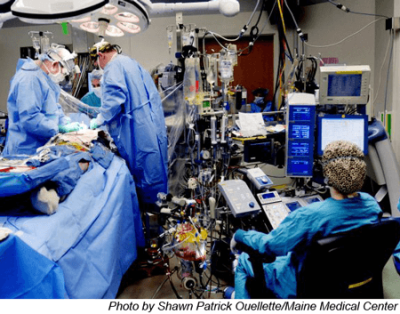Angels in the OR: Labouré College on the forefront of IONM education
Intraoperative neuromonitoring is one of the fastest growing industries in healthcare. Laboure College's new program trains the technologists of tomorrow.

Jake Uminski, 2016 graduate of the intraoperative neuromonitoring (IONM) certificate program, has always been fascinated by the mysteries of the brain. “In high school, I loved psychology. I thought it was amazing that the brain controlled so much. From there, I fell in love with neuroanatomy and earned my Bachelor’s of Science degree in neuroscience from Boston University in May 2015,” said Uminski.
After graduating with his B.S., Uminski pondered his next step. “When I was in college, it seemed like the next step was to get either a PhD or MD. But with IONM, I was able to train for my new career in just one year at Labouré. Now I’ve found a career where I can take my passion into the workplace,” said Uminski.
It certainly helps that intraoperative neuromonitoring is one of the fastest growing medical industries, with an estimated 9% growth expected in the next ten years (source). In fact, qualified IONM graduates are in such high demand that Uminski had three job offers before he even completed the program. Now, as a neurophysiologist at Massachusetts General Hospital (MGH), he uses the education and clinical skills he received at Labouré College every day. “After graduating from Labouré, I was really prepared to do everything my job encompasses. The faculty and my clinical instructors at Labouré College went above and beyond to teach me what I needed to be successful as a neurophysiologist, which made me really attractive to employers,” said Uminski.
As a neurophysiologist at MGH, Uminski works with neurosurgeons and vascular surgeons in the operating room during surgeries that predominately concern the brain and spinal cord. “We can monitor motor and sensory pathways during a procedure and let the surgeons know if those systems are at risk. Our monitoring protects patients from paralysis due to surgical manipulations. Additionally, if we are assisting with a brain surgery, we can map out the areas of the brain where motor and speech live before the surgeons make any cuts. Now, surgeons are able to resect tumors much more aggressively than before because of the monitoring and mapping that take place during the surgery by intraoperative neuromonitorists,” says Uminski.
A typical day for Uminski starts early. “As part of the team at MGH, I work four 10-hour days from 6:30 AM to 5:00 PM. We see all of our patients before surgery. We let them know what we’re doing and there’s some set up of the electrodes before we go into the operating room.” Once the surgery or procedure begins, the neuromonitorist is responsible for monitoring all of the modalities needed and communicating any changes to the surgeons.
To anyone considering IONM, Uminski has some advice. “You have to have really good interpersonal skills. In IONM, you deal with a lot of different personalities: surgeons, neurologists, nurses, OR techs, patients under stress, and their families. This is a great field with a lot of room for growth where you get a lot of direct patient interaction which is really rewarding,” say Uminski.

Intraoperative neuromonitoring is one of the fastest growing industries in healthcare. Laboure College's new program trains the technologists of tomorrow.

Laboure College is offering new programs in IONM, CDI, Vascular Sonography, & Medical Coding/Auditing. Most of online and take less than 2 years to complete!

Laboure College's intraoperative neuromonitoring program (IONM) is now accredited by CAAHEP.
© 2024 Labouré College of Healthcare. All Rights Reserved.
Comments